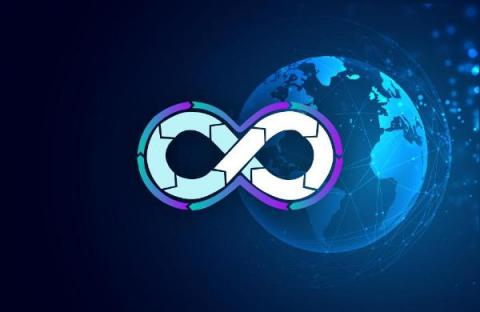Why DevSecOps Teams Need Secrets Management
Proper IT secrets management is essential to protecting your organization from cyberthreats, particularly in DevOps environments, where common CI/CD pipeline tools such as Jenkins, Ansible, Github Actions, and Azure DevOps use secrets to access databases, SSH servers, HTTPs services and other highly sensitive systems.











